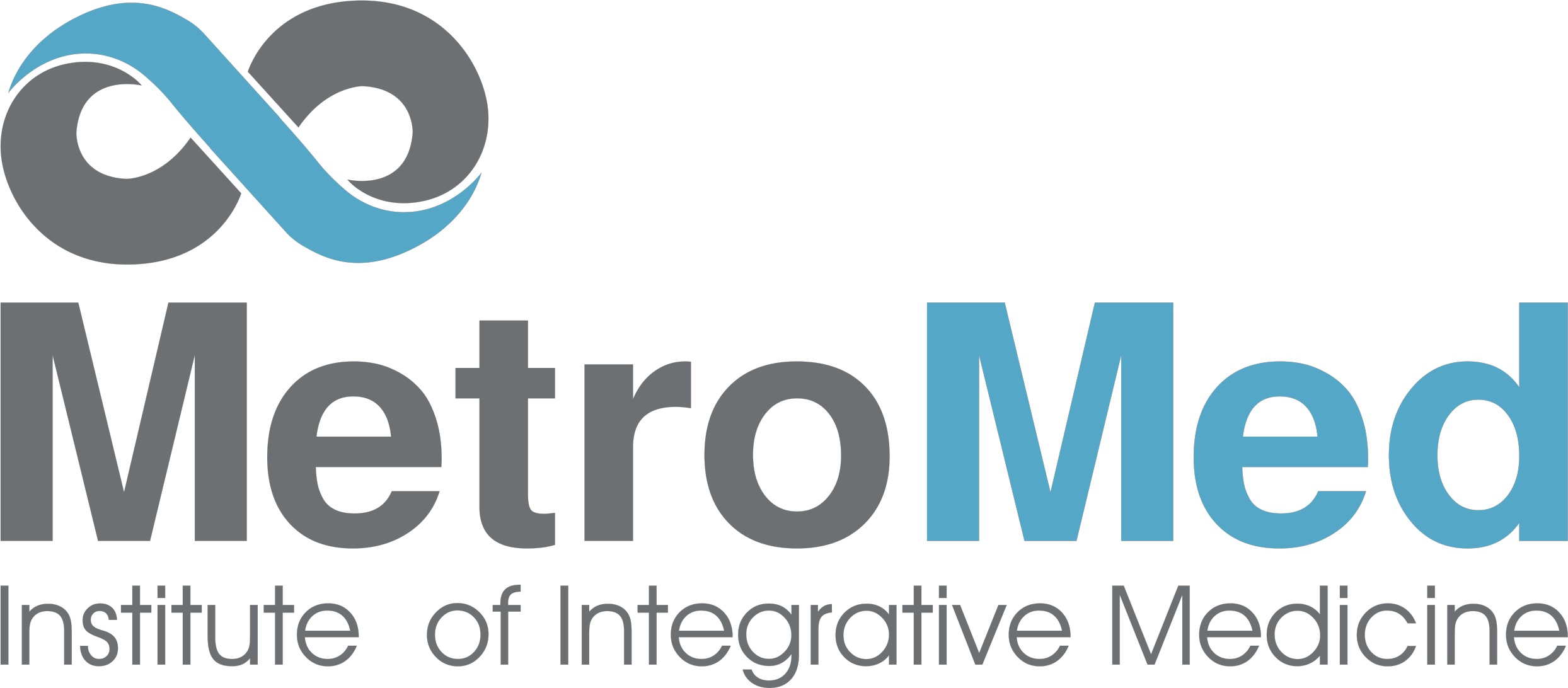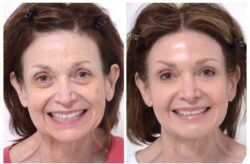Our Spinal column is one of the most important anatomical features of our body. Day after day it relays information to and from the brain, allowing us to carry out our basic daily functions. Your spinal column put simply is a bundle of nerves extending from the base of brain down to the tailbone. It is encapsulated in a boney protective barrier known as vertebrae. However, in order for you spine to flex joints are placed between the vertebrae consisting a gel like material known as a spinal disc. Over time trauma, stress and aging can cause discs to herniate or bulge causing pain and inflammation at the site. Conventionally these injuries are treated with physical therapy, cortisol shots and in extreme cases spinal surgery. However, these types of procedures often take years to correct the disc herniation and often do not work. Today the medical field has a new tactic to help repair problematic disc areas by the use of localized stem cell injections.
Discs in our spinal column take a load of stress from supporting our body and protecting our spinal cord. Over time discs rupture (also know as disc herniation or bulging) and the disc material expands in two directions. The disc can bulge into the spinal column exerting pressure on the nerves and causing severe pain. The other route is the disc can bulge outwards applying pressure on nerves leaving and entering the spine. This type of bulge also can cause pain, which is often referred to as sciatica. Physical therapy takes an extreme amount of time to help strengthen the disc and allow it to heal properly. Physical therapy treatment continuously fails and surgical methods are then needed to intervene.
The surgical procedure for correcting a disc also does not truly reverse the signs of the herniation or bulge. Standard surgical procedures correct the problem by cutting out the bulged or herniation of the disc. This method relieves the stress the bulge puts on internal spinal cord or nerves leaving and entering the spinal column. With that said surgery also removes disc tissue that should be in a proper anatomical location. Over time the removal of the disc tissue will result in a weaker disc; ultimately causing more spinal problems in the future. Clearly, there is a need for a new medical procedure that correctly reverses the signs of a problematic disc and this can be done through stem cell therapy.
MetroMD has pioneered a technique to replace the standard protocol for reversing the signs of herniated and bulged discs. The new method includes the use of the patient’s own stem cells and supporting cells – including platelets. When the right cell lines are harvested and isolated from the patient they are administered to the site of trauma. Here the stem cells are able to combat the problematic disc through two routes. First the cells are able to rebuild a network of cells and matrices to regenerate the disc. Second the cells are able to secrete factors that eliminate the autoimmune response in the area allowing the tissues to finally heal properly. The combination allows the disc to heal naturally and return to its physiologically normal
Disc herniation and bulging is very problematic to thousands of patients across the globe. Until today there has never been a proper method to regenerate the disc back to full health. Traditional methods would mask the condition for some time but never really treat the underlying issue. Finally MetroMD: Institute of Regenerative Medicine has a cellular medicine protocol that allows the patients to regenerate their discs, eventually allowing them to live a more normal and better state of life.
Copyright © 2012 Alex Martin MD & Devin Stone, Los Angeles
References:
-
- Dallari, D, et al, In Vivo Study on the Healing of Bone Defects Treated with Bone Marrow Stromal Cells, Journal of Orthopaedic Research, 2006: 24;887-888
-
- “Result Filters.” National Center for Biotechnology Information. U.S. National Library of Medicine, n.d. Web. 30 July 2012. .
-
- Sakai, Daisuke. “Transplantation of Mesenchymal Stemcells Embedded in Atelocollagen® Gel to the Intervertebral Disc: A Potential Therapeutic  Model for Disc Degeneration.” Science Direct. N.p., Sept. 2003. Web. .
-
- Steck, E., Bertram, H., Abel, R., Chen, B., Winter, A. and Richter, W. (2005), Induction of Intervertebral Disc“Like Cells From Adult Mesenchymal Stem Cells. STEM CELLS, 23: 403“411. doi: 10.1634/stemcells.2004-Â 0107


